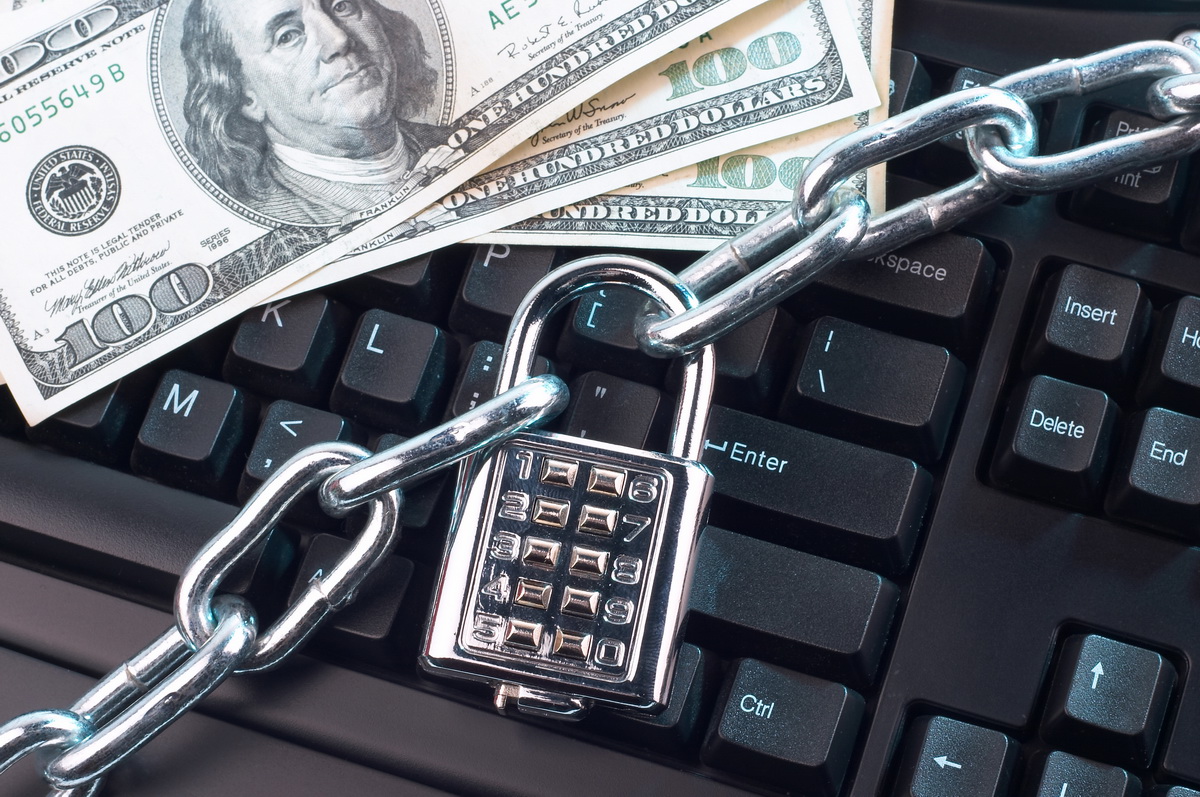Ransomware Attacks on the Rise in 2023
Ransomware Revenues on the Rise
According to a report from Chainalysis, ransomware is the only cybercriminal activity that has seen an increase in 2023. In the first six months of the year, hackers have extorted $175.8 million more from their victims than a year ago. If this rate of growth continues, by the end of 2023, attackers will demand a total of about $900 million from their victims.
“Ransomware attackers are approaching the second most ransomware year ever,” the researchers write. “If this pace continues, in total in 2023, attackers will demand $898.6 million from their victims, yielding only $939.9 million in 2021.”
Experts say extortion has become the only category of cryptocurrency crime that has seen an increase this year. Everything else, including hacks, scams, malware, fraudulent stores, and darknet marketplace revenues, are seeing sharp declines.
The so-called “big game hunt” seems to be driving the surge in ransomware revenues, as cybercriminals have focused on attacks on large organizations from which large sums of money can be demanded.
This trend is clearly visible in the ransomware distribution chart, which shows a marked increase in large ransoms. The leaders in the list of recipients of large payments were BlackBasta, LockBit, ALPHV / Blackcat and Clop groups. At the same time, the average Clop buyout is $1.7 million, and the median is $1.9 million.
This year, Clop is responsible for two massive waves of attacks using zero-day vulnerabilities in file transfer tools at once: Fortra’s GoAnywhere in the first quarter of the year, and Progress’s MOVEit Transfer in the second.
The Chainalysis report also notes an increase in small payments that extortionists receive after opportunistic spray and pray attacks. This growth is mainly due to RaaS- Dharma, Phobos and STOP/DJVU malware, whose operators usually extort several hundred dollars from victims. Thus, Dharma and Djvu received an average ransom of $265 and $619, respectively.
Protecting Against Ransomware Attacks
As ransomware attacks become more common and more sophisticated, it is important for organizations to take steps to protect themselves. The most important step is to ensure that all systems are up-to-date with the latest security patches and software updates. Organizations should also ensure that they have a reliable backup system in place, so that if a ransomware attack does occur, they can restore their data from the backup.
In addition, organizations should implement a comprehensive cybersecurity strategy that includes employee training on cyber security best practices, as well as the use of advanced security tools such as firewalls, antivirus software, and intrusion detection systems.
Finally, organizations should consider investing in cyber insurance, which can help cover the costs associated with a ransomware attack, such as ransom payments, data recovery costs, and legal fees.
Ransomware attacks are on the rise, and organizations need to be prepared. By taking the necessary steps to protect their systems and data, organizations can reduce the risk of a successful ransomware attack.





